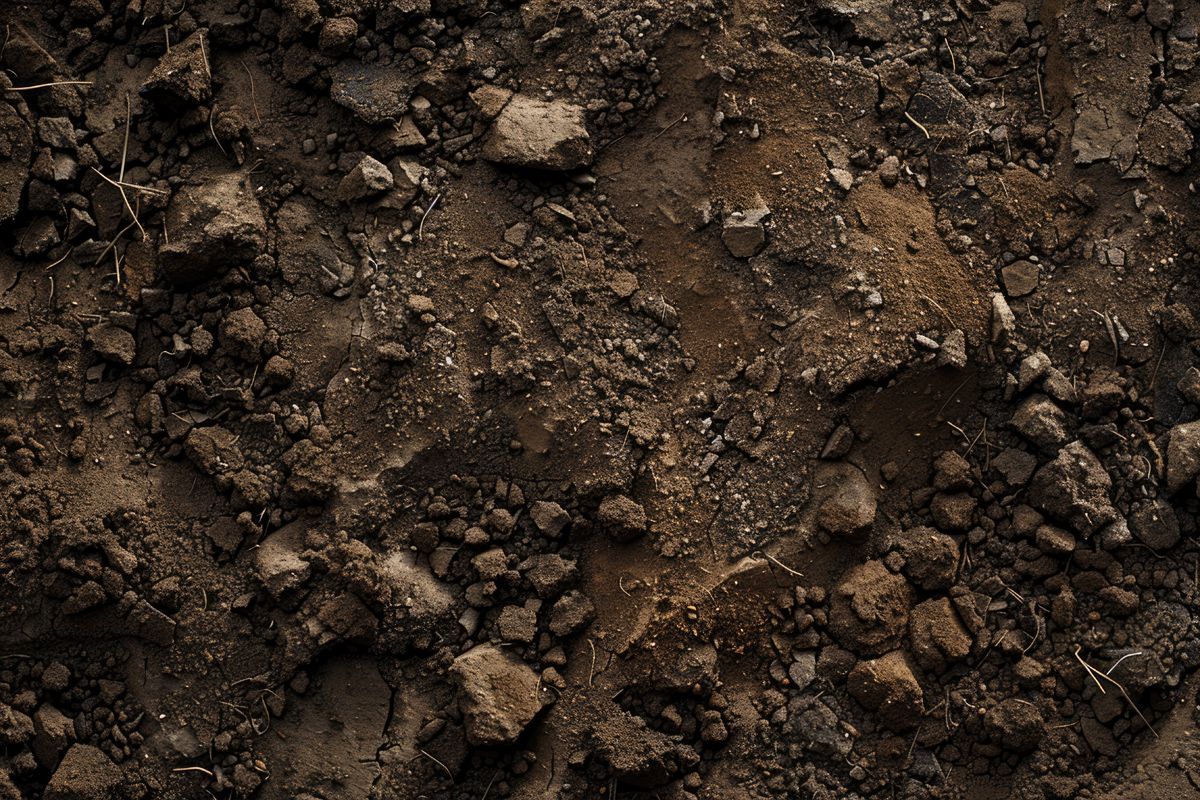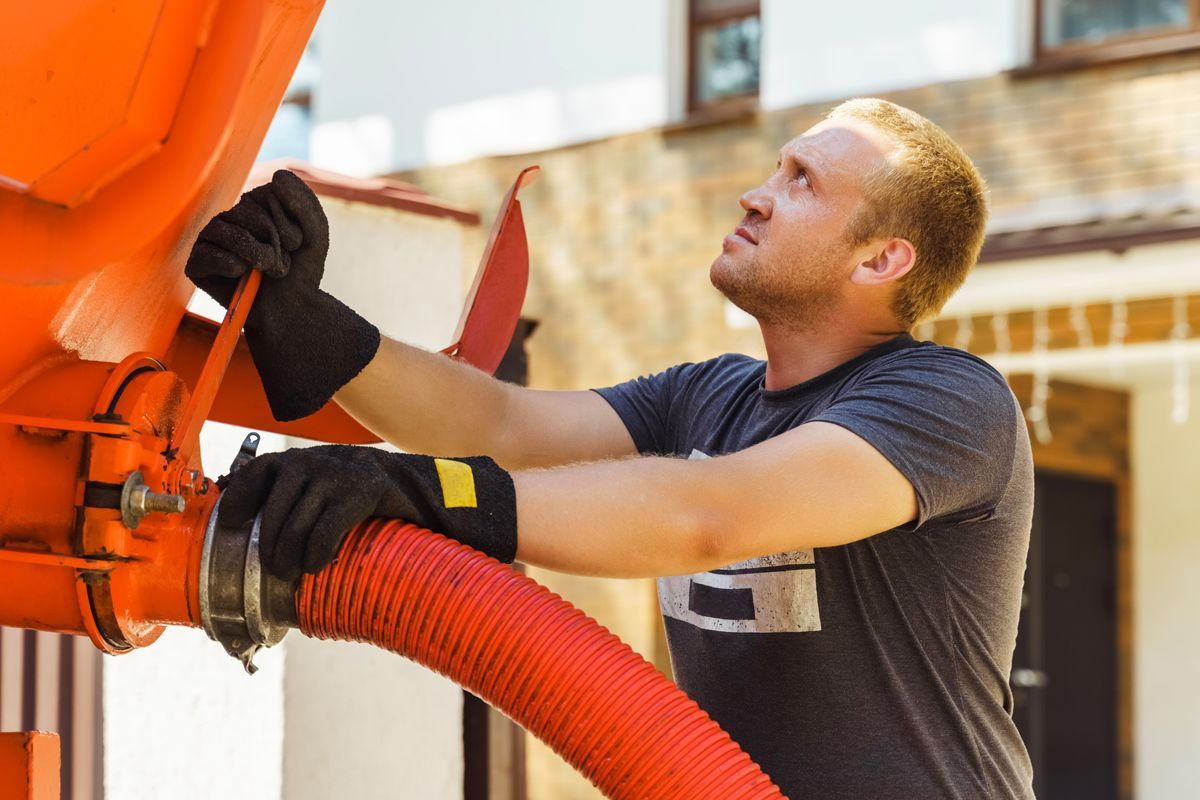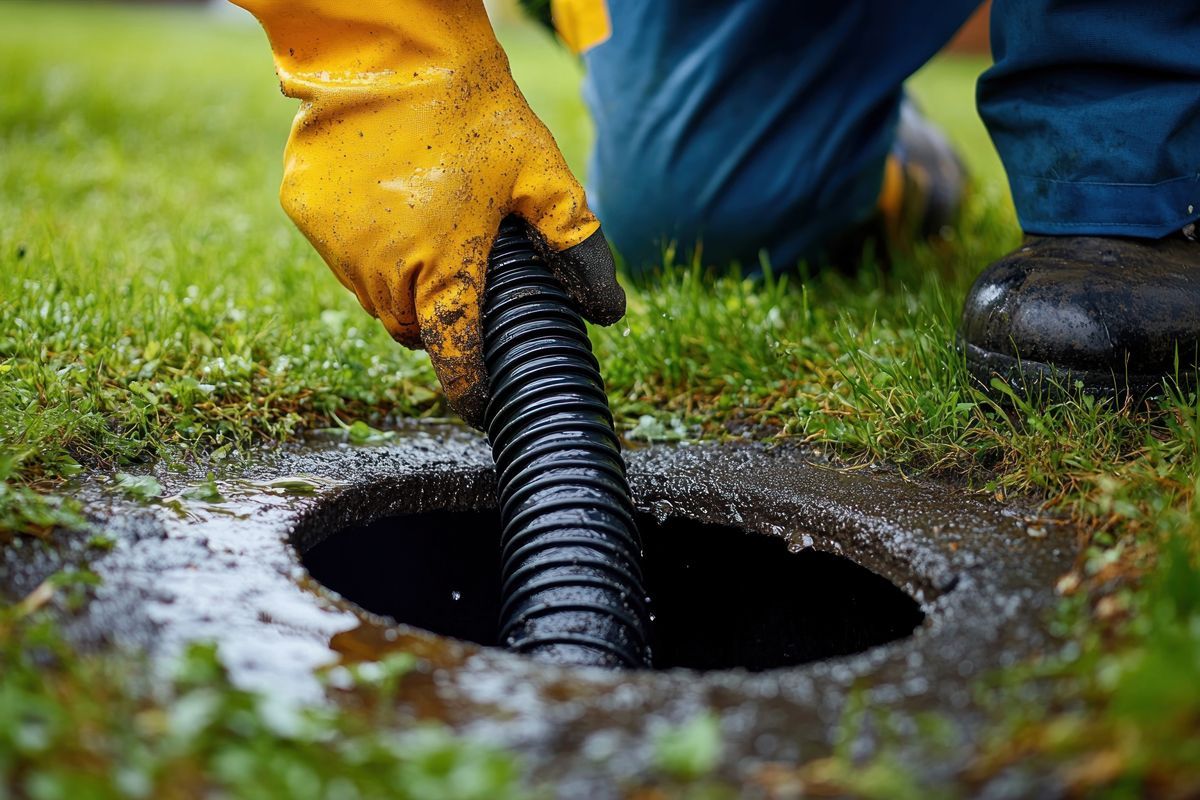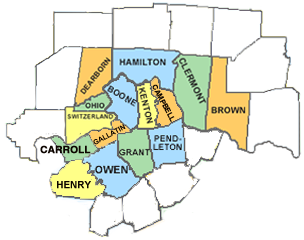Troubled by Septic System Woes? Explore the 7 Most Common Issues and Get Expert Solutions
Septic systems are crucial for many homes, especially in areas without access to municipal sewage systems. However, like any other system, septic systems are not immune to problems. Understanding common septic system issues and knowing how to fix them can save you from costly repairs and potential health hazards. In this guide, we’ll dive into 7 common septic system problems and provide you with practical solutions to address them effectively.
1. Clogged Drains
One of the most common septic system problems is clogged drains. This can happen due to a buildup of grease, solids, or other foreign objects in the pipes leading to your septic tank. Signs of clogged drains include slow drainage, gurgling sounds, or foul odors emanating from your sinks or toilets.
How to Fix It: To address clogged drains, you can try using a plunger or drain snake to clear the blockage. If the issue persists, you may need to call a professional plumber to assess the situation and possibly pump your septic tank to remove the accumulated debris.
2. Septic Tank Overflow
A septic tank overflow is a serious problem that can lead to sewage backups in your home and potential environmental contamination. An overflow can occur when the tank is filled beyond its capacity, causing wastewater to back up into the drains.
How to Fix It: If you suspect a septic tank overflow, avoid using water fixtures in your home and contact a septic system professional immediately. They will assess the situation, pump the tank if necessary, and inspect for any underlying issues that may have caused the overflow.
3. Tree Root Infiltration
Tree roots seeking moisture and nutrients can infiltrate septic system components, including pipes and the septic tank itself. Root intrusion can cause blockages, leaks, and structural damage to your septic system.
How to Fix It: To address tree root infiltration, consider removing trees or shrubs near your septic system. Additionally, consult a professional to assess the extent of the root intrusion and make necessary repairs or replacements to restore your septic system’s functionality.
4. Leaking Septic Tank
A leaking septic tank poses a serious threat to your property and the environment. Leaks can occur due to corrosion, age, or physical damage to the tank, leading to wastewater seepage into the soil.
How to Fix It: If you suspect a leaking septic tank, contact a septic system professional immediately. They will conduct a thorough inspection to identify the source of the leak and recommend repair or replacement options to prevent further contamination.
5. Drainfield Issues
The drainfield, also known as the leach field, plays a crucial role in the septic system’s wastewater treatment process. Common drainfield problems include soil compaction, biomat formation, or hydraulic overloading, which can lead to system failure.
How to Fix It: To address drainfield issues, avoid parking vehicles or placing heavy objects over the drainfield area. Consult a septic system expert to assess the drainfield’s condition, provide necessary maintenance, or recommend alternative solutions like adding a new drainfield.
6. Foul Odors
Persistent foul odors in your yard or home can indicate underlying septic system problems, such as leaks, blockages, or insufficient venting. Ignoring foul odors can result in health risks and system malfunctions.
How to Fix It: To address foul odors, inspect your septic system for any visible leaks, blockages, or damaged components. Ensure proper venting and consider installing carbon filters or odor-neutralizing products to mitigate odors in your home.
7. Sluggish Drainage
Slow drainage in sinks, showers, or toilets may signal underlying septic system issues, such as clogs, tank overflows, or drainfield problems. Ignoring sluggish drainage can lead to backups and system failure.
How to Fix It: To address sluggish drainage, start by inspecting individual drains for blockages or buildup of debris. If the issue persists, contact a septic system professional to conduct a comprehensive inspection, pump the tank if necessary, and resolve any underlying issues affecting drainage.
Conclusion
Understanding common septic system problems and knowing how to address them promptly is essential for maintaining a healthy and functional septic system. By following the practical solutions provided in this guide, you can prevent costly repairs, system failures, and environmental contamination. Remember to schedule regular maintenance and inspections to ensure your septic system operates efficiently for years to come.
About the Author: S & E Septic, Your Trusted Local Experts
Our locally owned and operated company, founded by Eugene and Rita Fryman, has been proudly serving the community for over 30 years. With a combination of unrivaled expertise and unwavering dedication, our team is committed to exceeding your expectations in every aspect of our services. Contact S&E Septic Service today to benefit from our expertise, dedication, and commitment to excellence. Let us help you take care of your property with a personalized touch that sets us apart.




